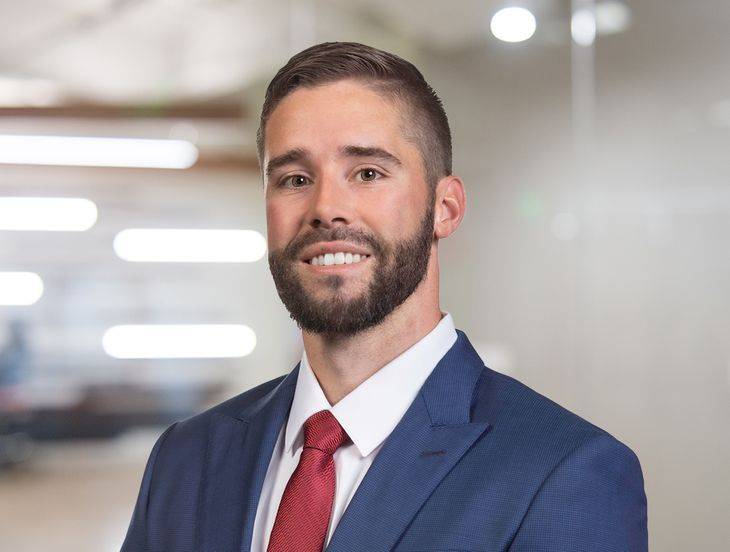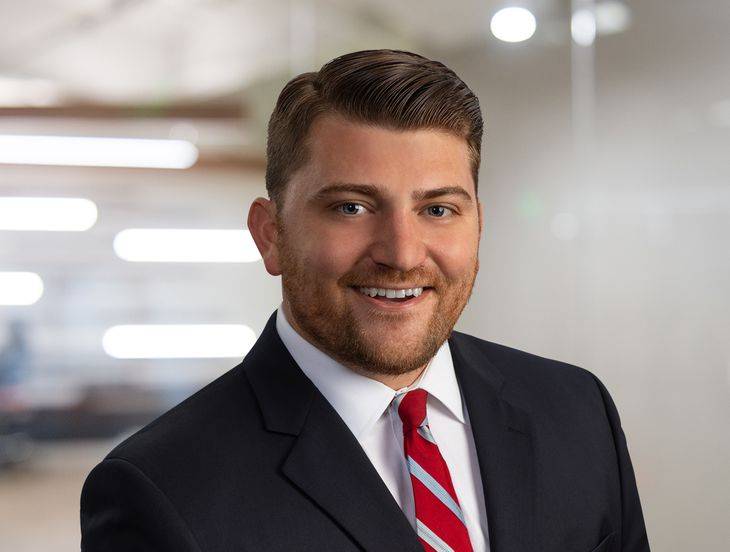5 Potential Pitfalls for NIL Collectives in College Sports to Avoid
Insights
6.22.22
Nearly a year has passed since the NCAA’s unprecedented adoption of its interim policy removing long-standing restrictions for student athletes who want to profit from their name, image, and likeness (NIL). Since then, countless sponsorship, marketing, and other financial opportunities for student athletes – at all levels of college sports – have arisen, which caused a dramatic shift in the collegiate athletics arms race. Although NIL rules specifically prohibit offering deals to recruits as an inducement, commonly known as “pay for play,” the amount of money an athlete can earn by attending a particular school has become a powerful recruiting tool that will continue to increase in importance as more lucrative deals for top athletes are announced. As such, the shifting landscape has led wealthy fans and former athletes alike to organize companies, otherwise known as “Collectives,” intended to raise money and offer financial opportunities to student athletes with the goal of enticing athletes to attend their school. While these Collectives can be advantageous for student-athletes and the schools they are intended to benefit, they are also at risk of running afoul of new NIL laws and university rules and regulations. What are five potential risks Collectives should note?
- Joint Employer Liability
Under the NCAA’s interim policy, student athletes are permitted to sign endorsement deals and profit from marketing and advertising campaigns for third parties. As such, Collectives typically partner with local or national companies to provide opportunities for student athletes, which can potentially subject a Collective to liability as a joint employer. Joint employers must comply with various federal, state, and local labor and employment laws regarding persons deemed to be jointly employed by them. Moreover, while the implications of being a joint employer vary by statute and jurisdiction, they may include:
- Aggregation of direct and joint employees for purposes of determining threshold coverage issues under statutes such as Title VII of the Civil Rights Act of 1964 or the Americans with Disabilities Act.
- Substantive liability as an employer under federal, state, and local labor and employment laws, including liability for unfair labor practice charges or workers’ compensation claims.
- In certain circumstances, joint and several liability for wrongful acts against joint employees by either the primary or secondary employer.
- Contractual Liability
Although student-athletes can benefit from a Collective’s assistance in procuring financial opportunities, payments to the athlete will usually come from the third-party company using the athlete’s NIL to promote their product or service. Therefore, if an athlete is not paid properly, the athlete could attempt to recover from both the Collective and the company. This could subject the Collective not only to monetary damages, but also to reputational damage regarding its ability to secure financial opportunities for athletes.
- Section 1981 Liability
Section 1981 of the Civil Rights Act of 1866 prohibits discrimination on the basis of race, color and ethnicity in formation and enforcement of contracts. However, when compensating student-athletes based on NIL, not all contracts are created equally. Specifically, for most Collectives, contracts vary based on the specific athlete and the services provided by the athlete under a given contract (for example, an athlete who appears in person at a marketing event with fans would earn more compensation than an athlete who merely posts on social media). Additionally, higher profile athletes may receive more compensation than lesser-known athletes. These differences in the earning potential of athletes could lead to discrimination claims under Section 1981.
- Whistleblower Claims
In the world of college sports, the unfortunate truth is that not everyone operates in accordance with applicable state laws, rules, and regulations. Additionally, NIL laws are relatively new and there could be confusion regarding whether certain practices are legal. Collectives should be aware that employees likely engage in protected activity if they object to, or refuse to participate in, any activity, policy, or practice of the Collective which the employee believes is in violation of a law, rule, or regulation. Accordingly, Collectives should be wary of potential whistleblower claims that could arise from their business relationship with student athletes and the relatively unknown aspects of structuring NIL deals.
- Legal Developments Relating to NIL
The NCAA intends for the interim policy to remain in place until Congress enacts federal NIL legislation or the NCAA adopts new rules. However, since its adoption and the uncertainty associated with the policy, the state of college athletics and the compensation of student athletes has often been likened to the wild west. As a result, on May 9, 2022, a working group of athletic directors and conference commissioners issued the NCAA’s Interim Name, Image and Likeness Policy Guidance Regarding Third Party Involvement (NIL Policy Guidance). Among other things, the NIL Policy Guidance clarifies, in the context of NIL Collectives, the NCAA’s rules relating to “booster” involvement in the recruitment of players and reenforces the NCAA’s prohibition against pay for play. The NCAA has also stated that the NIL Policy Guidance may be enforced retroactively to punish individuals or entities found to be in violation the NCAA rules, regardless of whether such violations occurred before or after May 9, 2022. There are also important reporting requirements for student athlete compensation that must be complied with, in addition to possible IRS rulings in the future that could affect the 501(c)(3) tax-exempt status of nonprofit Collectives.
Tips for Collectives to Minimize Risk
- Assess the risk of being deemed to be a joint employer. Joint employer status differs depending on statute and jurisdiction, but the analysis tends to focus on the degree of control over terms and conditions of employment. Therefore, if feasible, Collectives should try to avoid things like directly supervising athletes when they are performing services, assigning specific work to athletes, providing athletes with equipment, conducting performance reviews or evaluation, or providing training.
- Structure contracts with student-athletes to limit liability. Collectives may want to structure their contracts so all parties understand that the Collective is simply a pass-through entity for the funds to pay an athlete and to reflect the parties’ agreement that in the event of failure to pay any amounts owed, the athlete must seek recourse from the initial payor. Additionally, Collectives should consider classifying athletes as independent contractors, if appropriate, and include morality clauses in their contracts.
- Be mindful of protected concerted activities. The National Labor Relations Act specifically prohibits employers from interfering with protected concerted activities (PCAs). PCAs can range from two people simply discussing working conditions to a full-scale (lawful) strike. Therefore, Collectives should be mindful of any activities engaged in by student athletes they have contracted with and be sure not to engage in any conduct that could be considered interference.
- Ensure NIL deals are based on an athlete’s fair market value. Ensuring all student athletes are paid in accordance with their fair market value can avoid potential discrimination claims. In order to accomplish this, some collectives utilize market price platforms or other similar tools to assist in determining an athlete’s fair market value. Collectives may want to document the legitimate business reasons for differences in pay and also ensure they have consistent pay practices based upon legitimate business reasons.
- Stay apprised of legal developments relating to NIL. Collectives should be willing and able to adapt to changes in the law. Given the current instability and variation of collegiate athlete compensation, it is only a matter of time before Congress steps in with federal NIL legislation or the NCAA adopts new rules. In the meantime, Collectives should continue to follow any rules or guidance provided by the NCAA or state legislatures, including assisting student athletes with reporting requirements for compensation they receive.
Conclusion
Under the NCAA’s interim policy, more and more student athletes are receiving deals for their NIL from Collectives, with some deals approaching eight figures. With this much money involved, it is inevitable that future regulation, whether by the NCAA or Congress, will follow. If you operate or are involved with a Collective and have additional questions about potential risks, whether identified herein or not, feel free to reach out to your Fisher Phillips attorney, the authors of this Insight, or another member of our Sports Industry Group. We’ll continue to monitor the status of NIL legislation and will provide updates as warranted, so make sure you are signed up for Fisher Phillips’ Insight service to receive the latest news directly in your inbox.
Related People
-
- Michael E. Bonner
- Associate
-
- Brett P. Owens
- Partner

